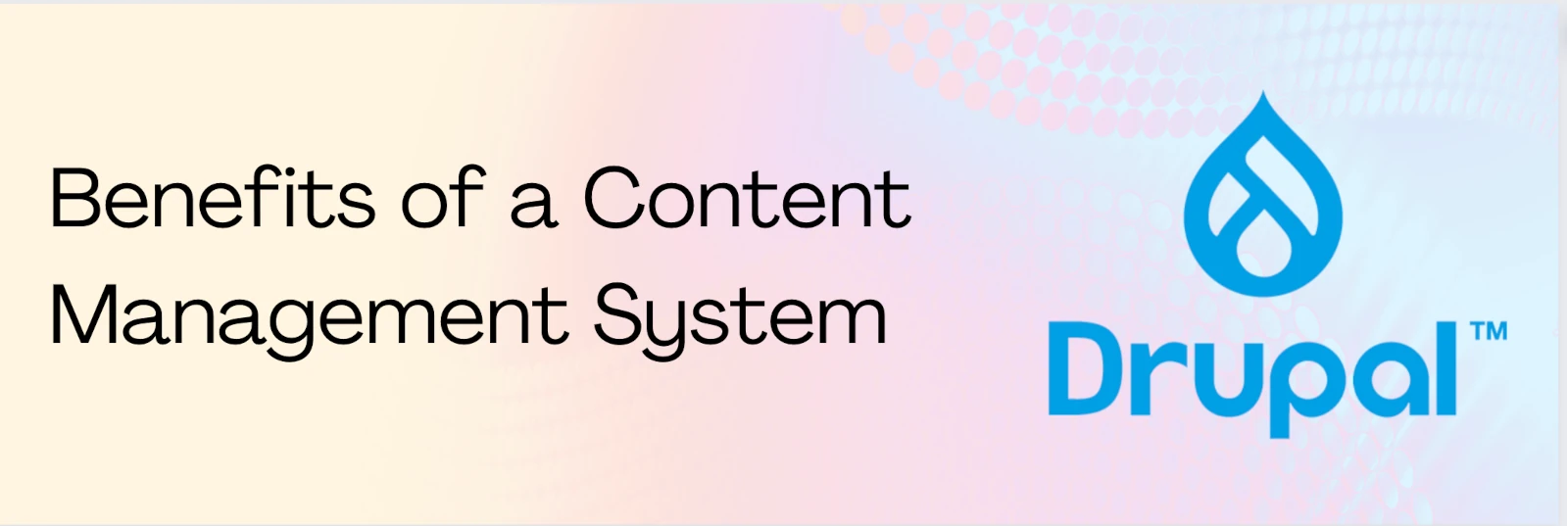What is a Content Managing System?
When hosting your own website, a content management system (CMS) is a useful tool for adding, deleting, or editing content efficiently. Images, text blocks, links and logos are all forms of content that are manageable with a CMS. Most CMS platforms run on a stack of software, which consists of the CMS software, its scripting language, its database, and a web server.
What is Drupal CMS?
Drupal is a common open-source CMS used widely around the world . It’s great for a variety of web projects, regardless of the complexity. Many people find Drupal user-friendly because of its modular design - meaning each piece of content is its own module that can be moved around, added or removed with ease. Drupal also has themes, which allow you to quickly adjust the visual layout of your website.
Drupal is based on the LAMP stack, which is a combination of Linux operating system, Apache web server, MySQL database, and PHP scripting language. Although the Lamp Stack is the base stack Drupal runs on, it is possible for users to run it on other software stacks, but the PHP scripting language would be used in all cases.
Who can use Drupal CMS?
Drupal is helpful for anyone who wants to manage a website. Businesses, like Trinity IT, can use it for a complex website with multiple pages and links. Although it’s widely used by established companies, Drupal is also a great starting point for beginners who want to use a CMS to manage their website.
Drupal is an excellent tool to use for website collaboration features, which is why we use it here at Trinity IT to manage our own company site, as well as customer websites. This blog, for example, was published using Drupal CMS.
Want to learn more about Drupal CMS? You can visit Drupal’s user guide, where they provide an in-depth lesson on each facet of the CMS.
,
